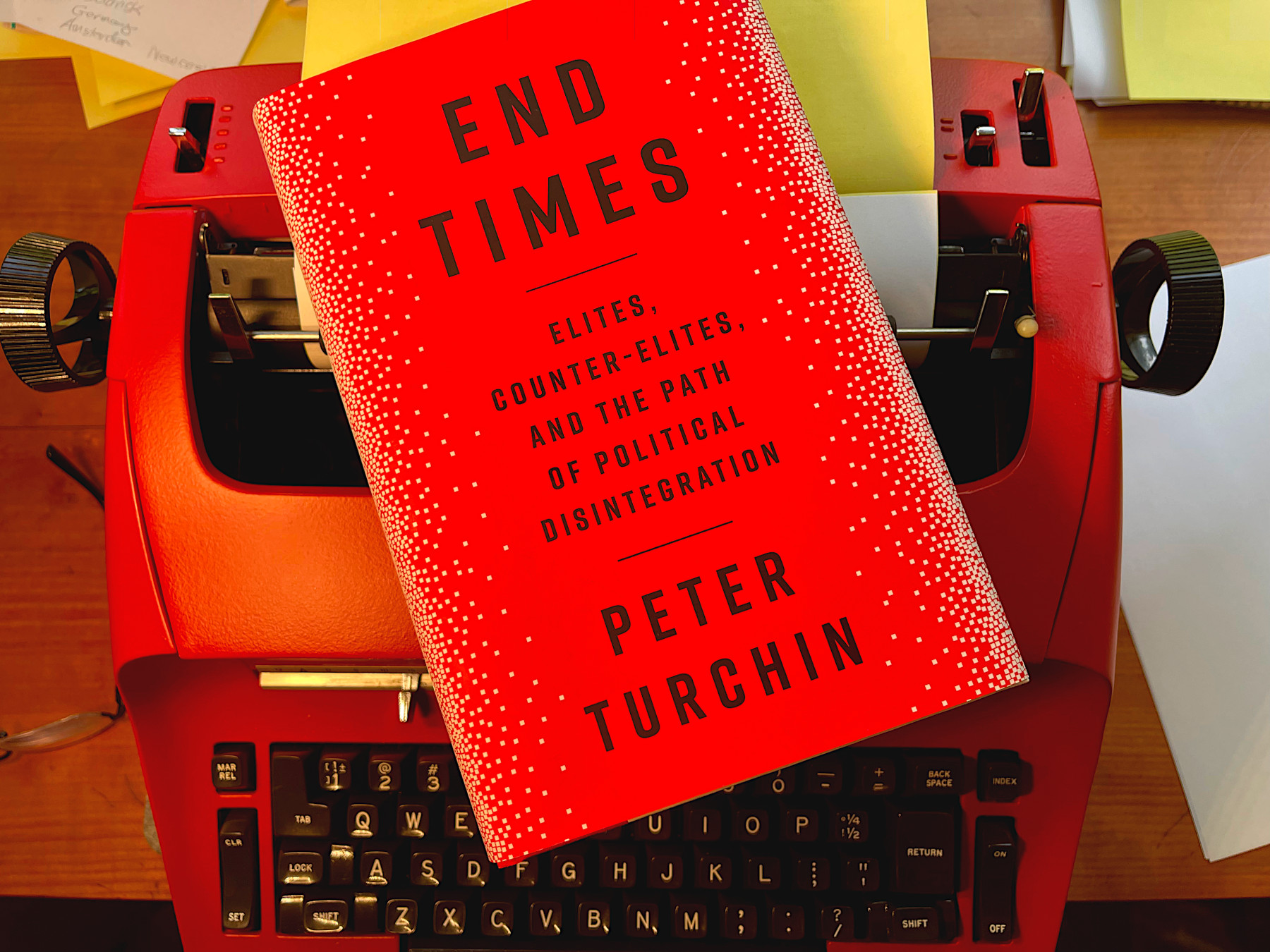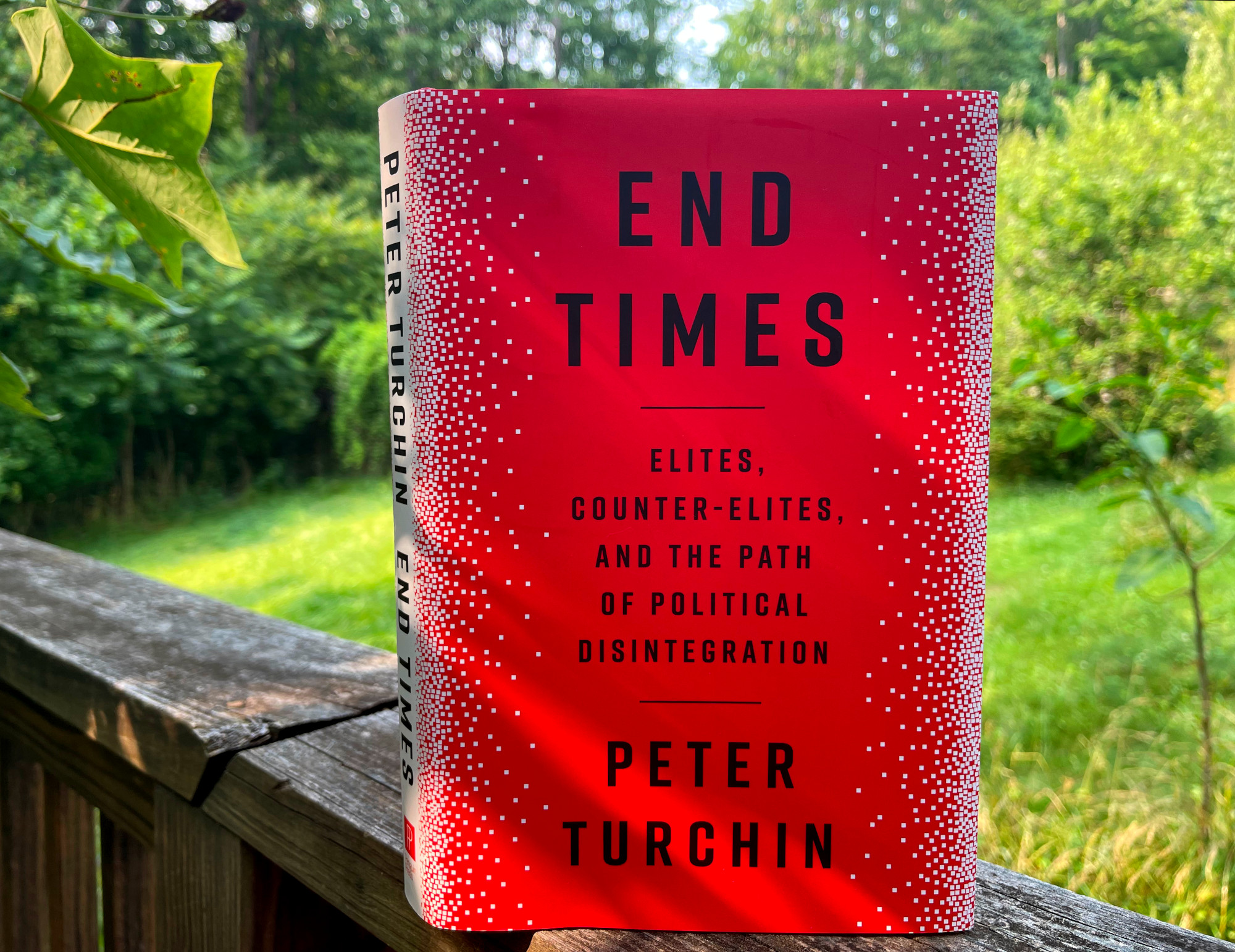
Only a few years ago, the “experts” told us that a certain amount of alcohol actually was good for us — say, two glasses of wine a day. In the last year or so, that has reversed, and now we encounter article after article saying that alcohol has no health benefits and that the ideal amount of alcohol is — none.
The experts can go hang.
In my lifetime, the record of the experts has been abysmal. Meat is good for you. Then it’s not. Eggs are good for you. Then they’re not. Margarine is healthier than butter. Then no amount of margarine is healthy. Vegetable shortening is better than lard. Then no amount of vegetable shortening is healthy. The ideal diet is starvingly low in fat. That’s disproven, and carbs become the culprit. It would seem that the best course is to always be skeptical of what the experts tell us and to use our own good sense.
As I understand it, the experts’ mistake concerning alcohol was a classic error of causation. It seems that people who drink one or two glasses of wine a day are in fact healthier. But the alcohol probably isn’t the cause of that. Maybe it’s because healthy people don’t have to give up alcohol for health reasons, or because people who can afford wine can afford an all-around better diet, or because people who drink wine tend to be better educated, and education correlates with health. So it seems to be — at least in the new thinking — that people who drink wine sparingly are indeed healthier, but the wine is not the cause of that.
For those of us who are healthy and like to drink, then what does it all mean? I think we all have to decide for ourselves. But my own thinking is that, partly because of my age, I need to drink less than I drank two or three decades ago when I was younger, quite healthy, living in San Francisco, and used alcohol as self-medication for work-related stress. Back then, I head a stress headache several times a week. Now I don’t think I’ve had a headache in the 15 years I’ve been retired. Obviously my stress is lower. I’m still healthy, but I’m also older. I also realized that it’s not healthy, or even pleasant, to have alcohol in my system at bedtime. That means drinking earlier in the day (which feels decadent at first) and never drinking (or, for that matter, eating) after 5 p.m.
In the past few weeks, I’ve watched the first eight seasons of “Masterpiece Endeavour.” Starting tonight, I’ll watch the last season, season 9. “Endeavour” is set in the late 1960s up until, I think, 1971. It is shocking — and in a way funny — to watch them drink. They keep Scotch and glasses in their offices at work. They drink at their desks, though clearly it’s considered proper not to start too early. In pubs, they may have a glass of Scotch along with a mug of ale. They serve Scotch in big tumblers, and four or five ounces seems to be the standard single serving. A pint of ale with lunch is perfectly normal. Did people — or at least the English — really drink that much then? Though everyone in “Endeavour” drinks heavily as far as I can tell, Morse gradually becomes an alcoholic. For those who may not have watched this series and who might want to watch it, I won’t say how that fits into the ongoing plot because it would be a spoiler.
A recent article in The Atlantic by Emily Oster has this headline: “Is a Glass of Wine Harmless? Wrong Question. The latest alcohol advice ignores the value of pleasure.” I’m with Emily. People have been drinking alcohol for thousands of years. Wine, Scotch, and ale are amazing products — agricultural products, really. Since too much alcohol is pretty obviously harmful, then the trick is to be sure that one’s relationship with alcohol is not causing any harm.
I will continue to do my share to support Scotland’s Scotch industry and California’s wine industry.
















